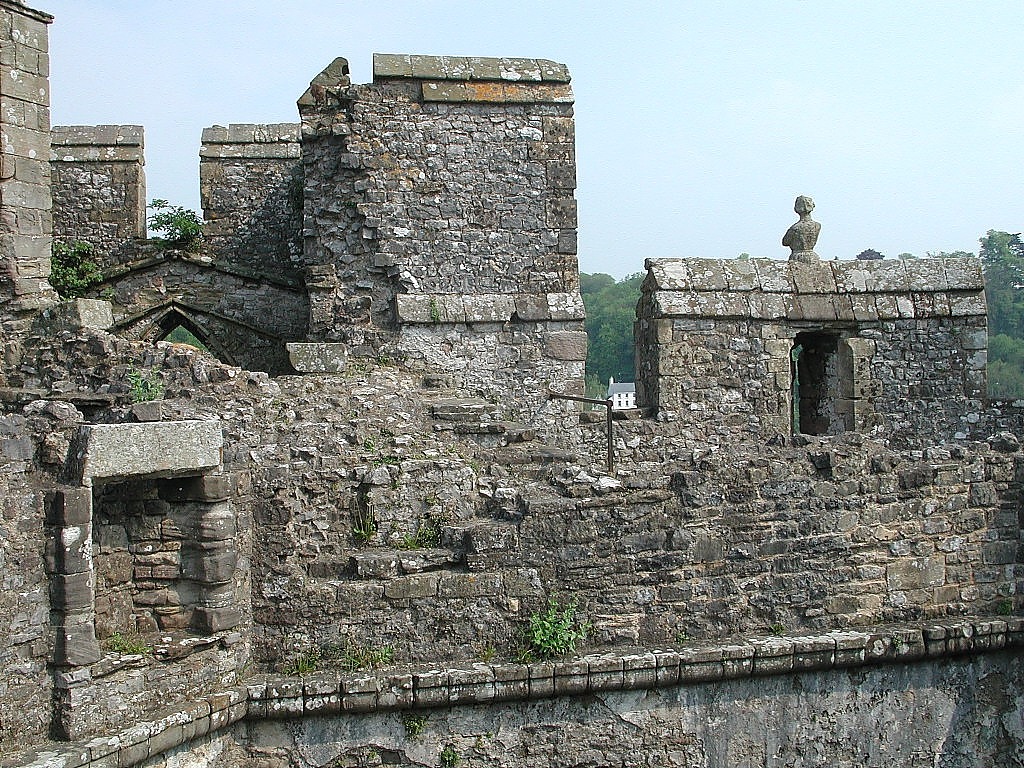Chepstow Castle: The Oldest Surviving Post-Roman Stone Castle In Britain
Chepstow Castle, perched on a limestone cliff overlooking the River Wye in Wales, is the oldest surviving stone castle in Britain.
This impressive structure was built in 1067 by Norman lord William FitzOsbern.
It has seen many changes over the centuries and remains a popular tourist destination today.

Origins and Early History
Chepstow Castle’s construction began in 1067, soon after William the Conqueror’s victory at Hastings.
Commissioned by the Norman lord William FitzOsbern, the castle was initially known as Striguil, derived from the Welsh term ystraigl, meaning “river bend.”
FitzOsbern chose the site because of its strategic location over the River Wye, a vital communication artery between England and Wales.

The Great Tower, finished around 1090, was built from stone, a step up from the wooden castles of the time.
Some of the stone was even reused from Roman ruins nearby.
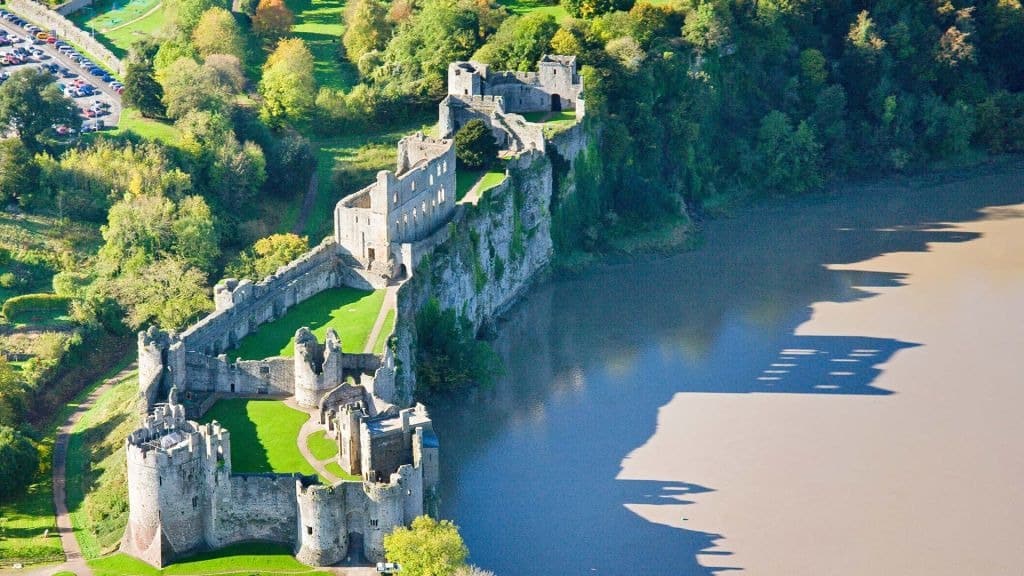
Expanding and Strengthening
By the late 12th century, Chepstow Castle underwent significant expansion under William Marshal, Earl of Pembroke.

Marshal, an experienced military leader with a background in French fortifications and Crusades, modernized the castle’s defenses.
He added a new gatehouse, reinforced the defenses with round towers, and made the castle more modern.
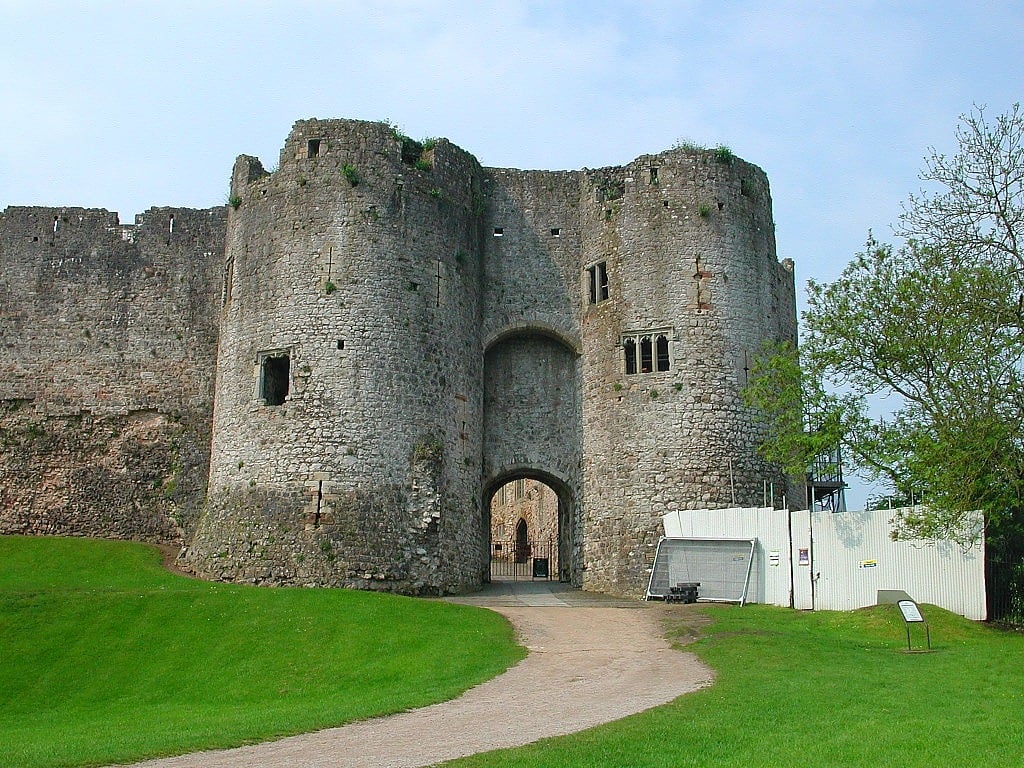
His sons continued the work, adding more to the Great Tower and the castle’s defenses.
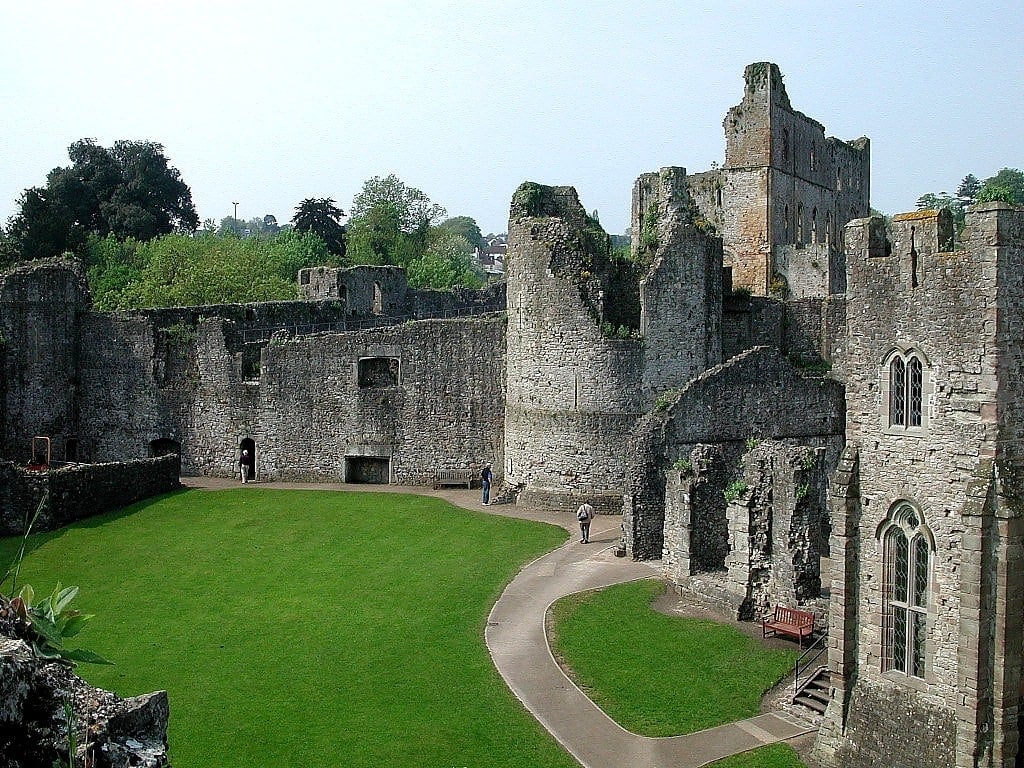
In the 13th century, Roger Bigod, 5th Earl of Norfolk, inherited the castle.
He built Marten’s Tower and a new range of buildings in the Lower Bailey, along with the town wall known as the “Port Wall.”
These changes turned the castle into a more impressive residence and fortified it further.
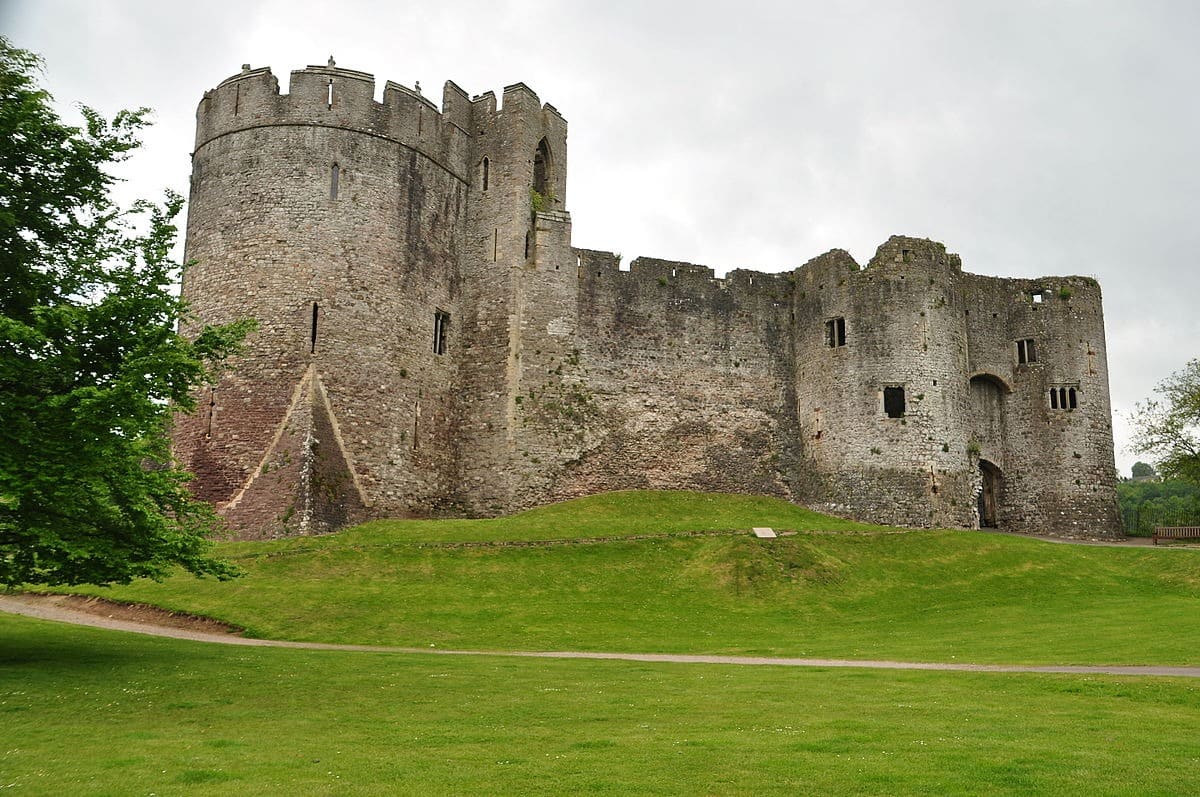
Decline and Transformation
By the 14th century, Chepstow Castle’s defensive significance began to wane.
The end of the Welsh wars and changes in warfare made the castle less strategic.
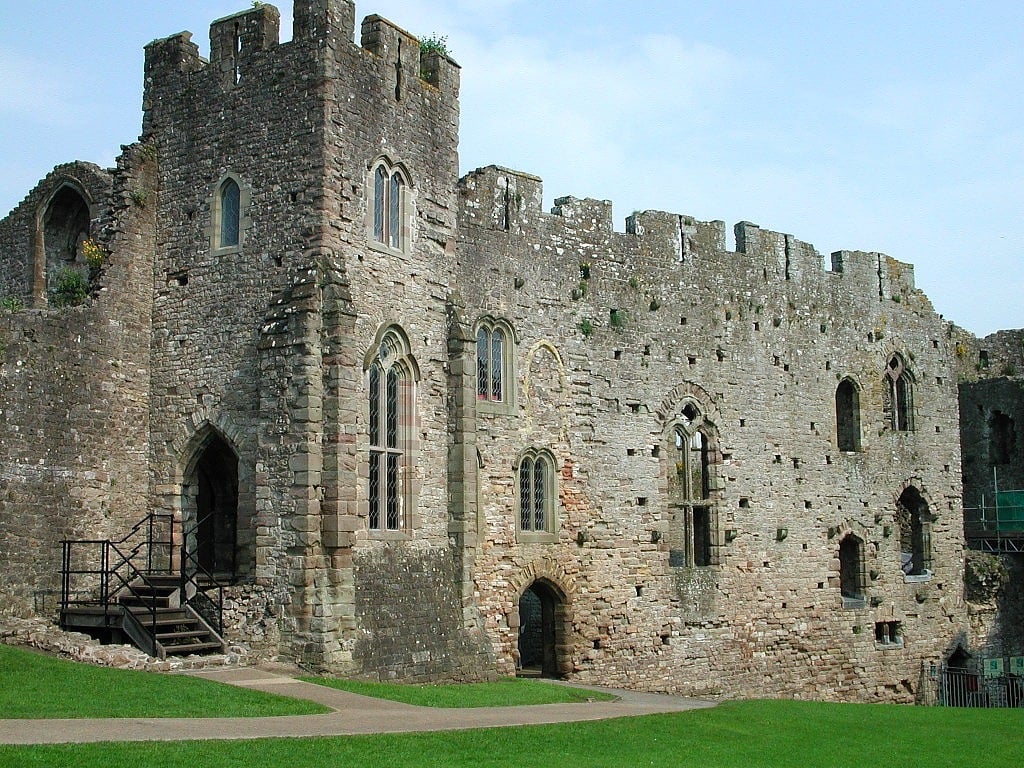
Although it was briefly garrisoned during the rebellion of Owain Glyndŵr in 1403, its size and location made it less practical for defense.
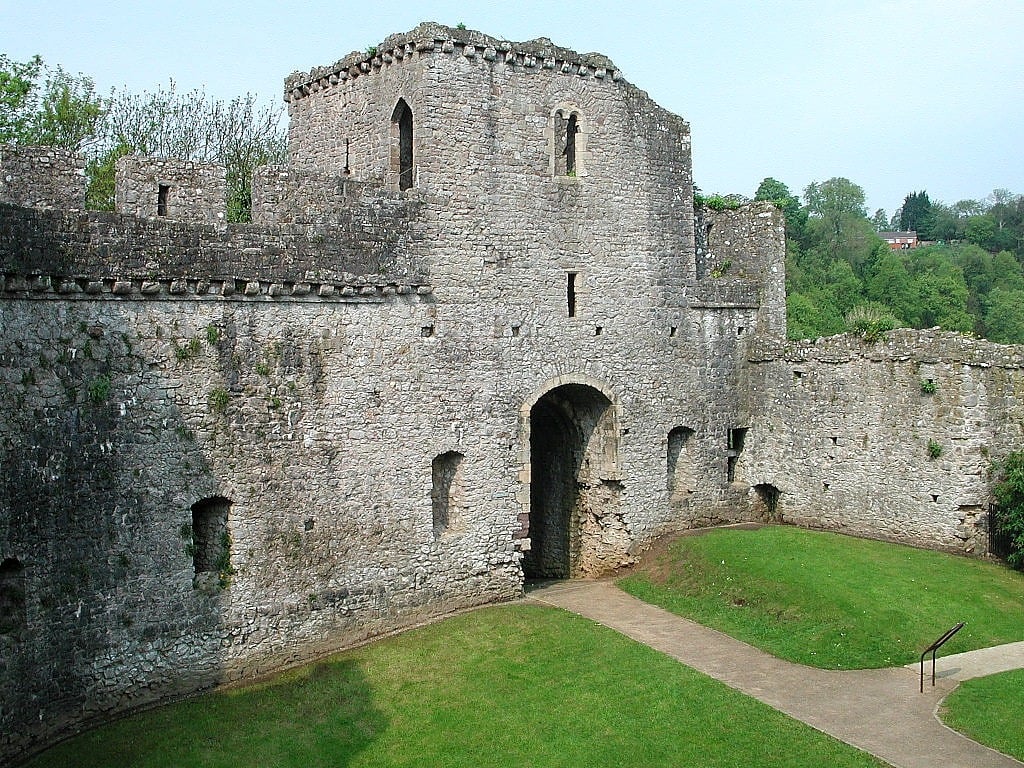
In the 15th century, the castle was remodeled as a grand home by Sir Charles Somerset.
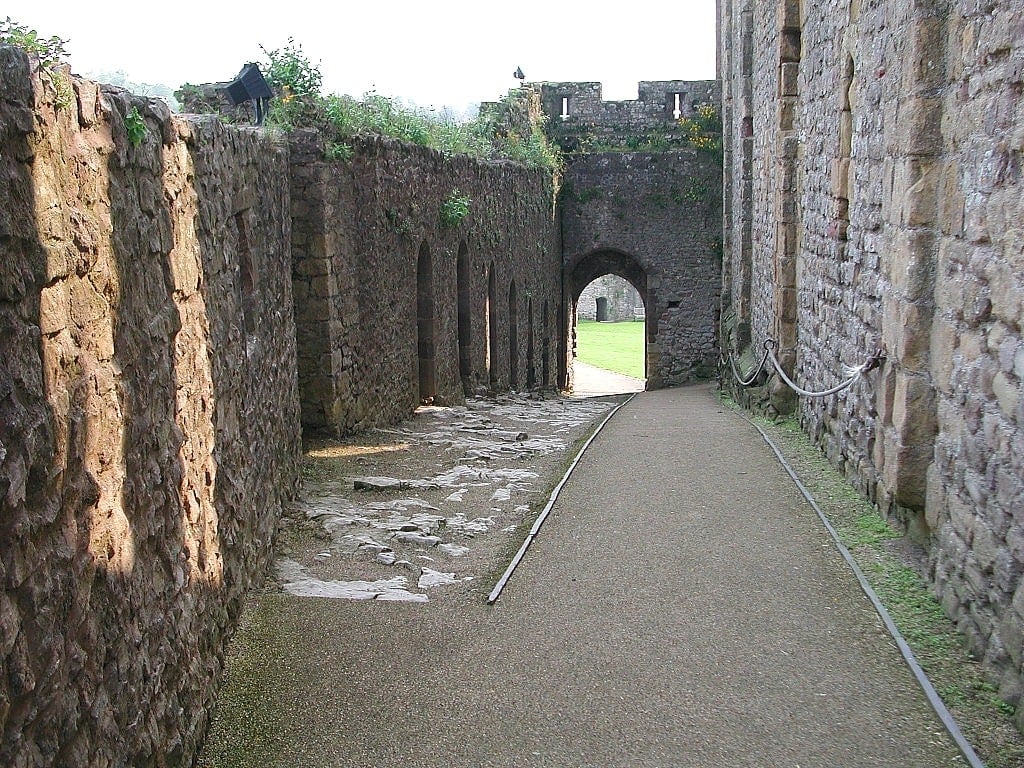
Over the centuries, it was used for various purposes, including as a farmyard and a glass factory.
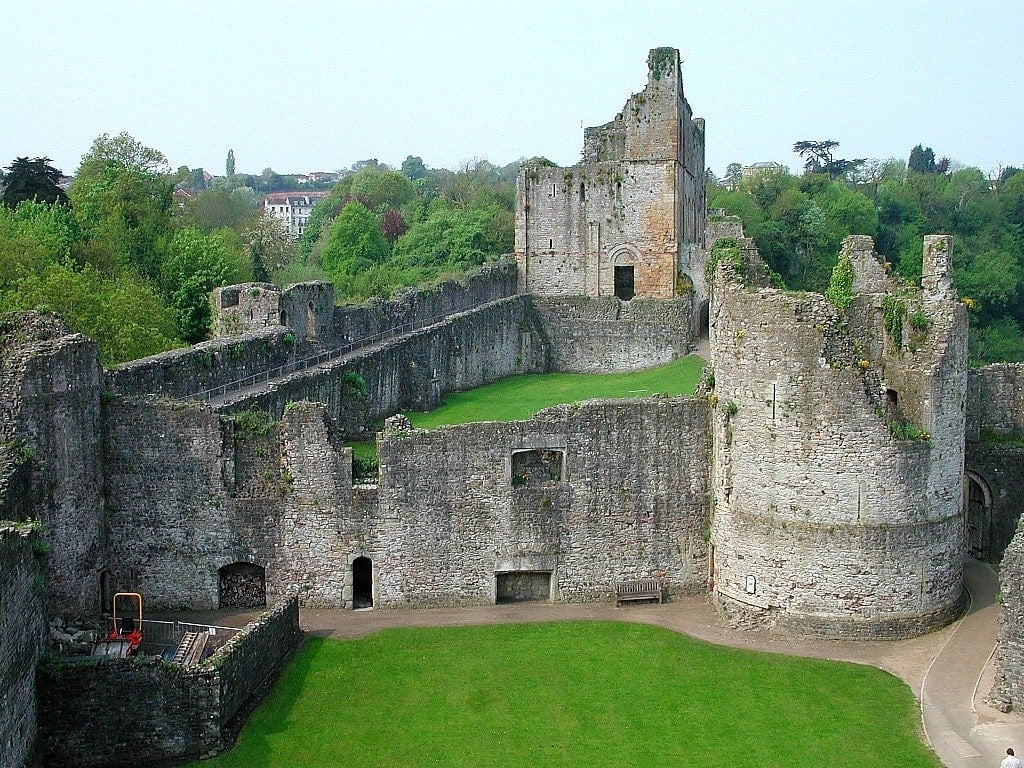
A Historical Tourist Attraction
By the late 18th century, Chepstow Castle began attracting tourists.
The picturesque ruins became part of the “Wye tour,” and famous artists like J.M.W. Turner painted the castle.
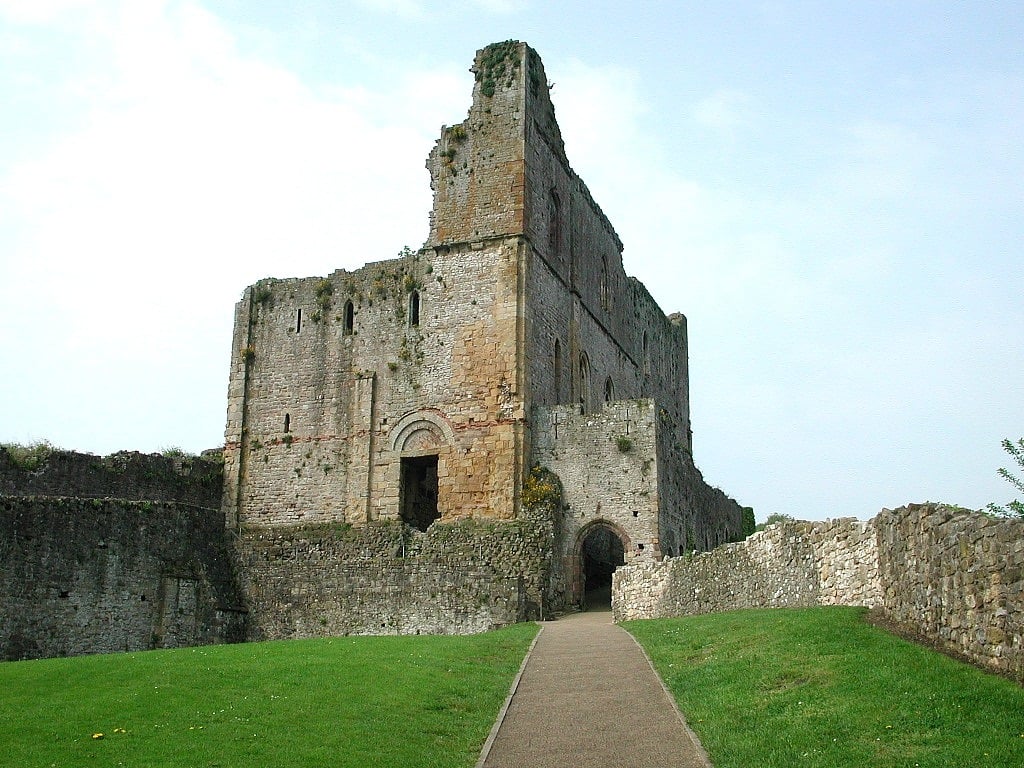
In the 20th century, the castle’s historical and architectural significance was recognized.
After many conservation efforts, the castle was restored.
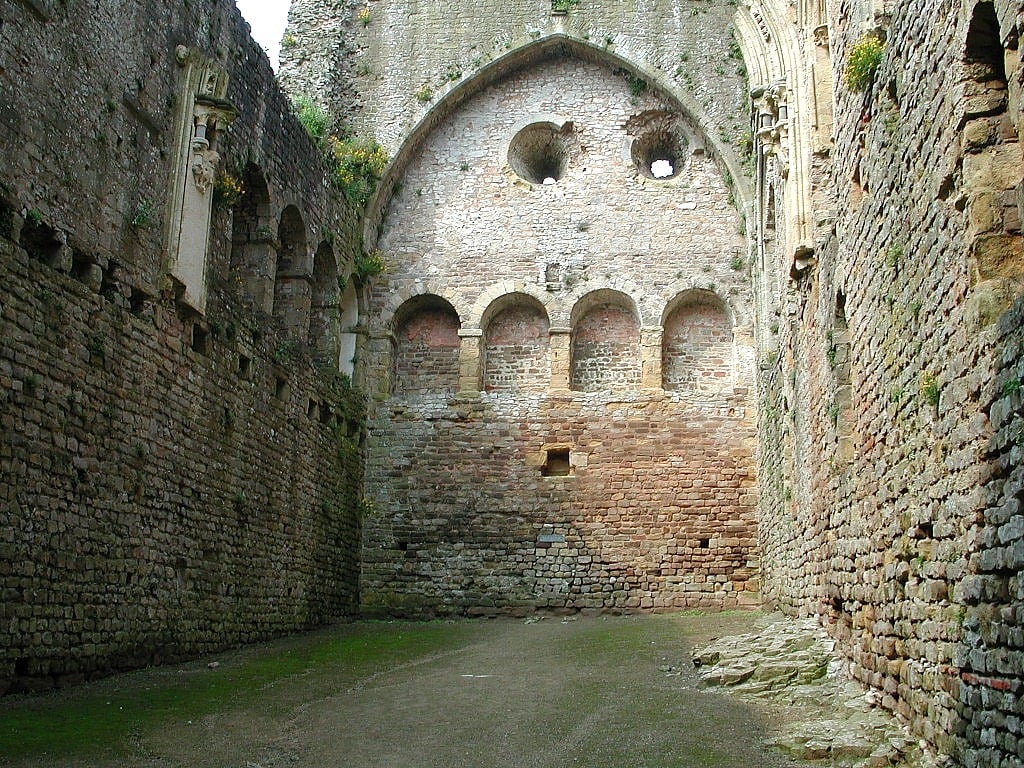
In 1950, Chepstow Castle was designated a Grade I listed building, and in 1984, it came under the care of Cadw, the Welsh government’s heritage body.
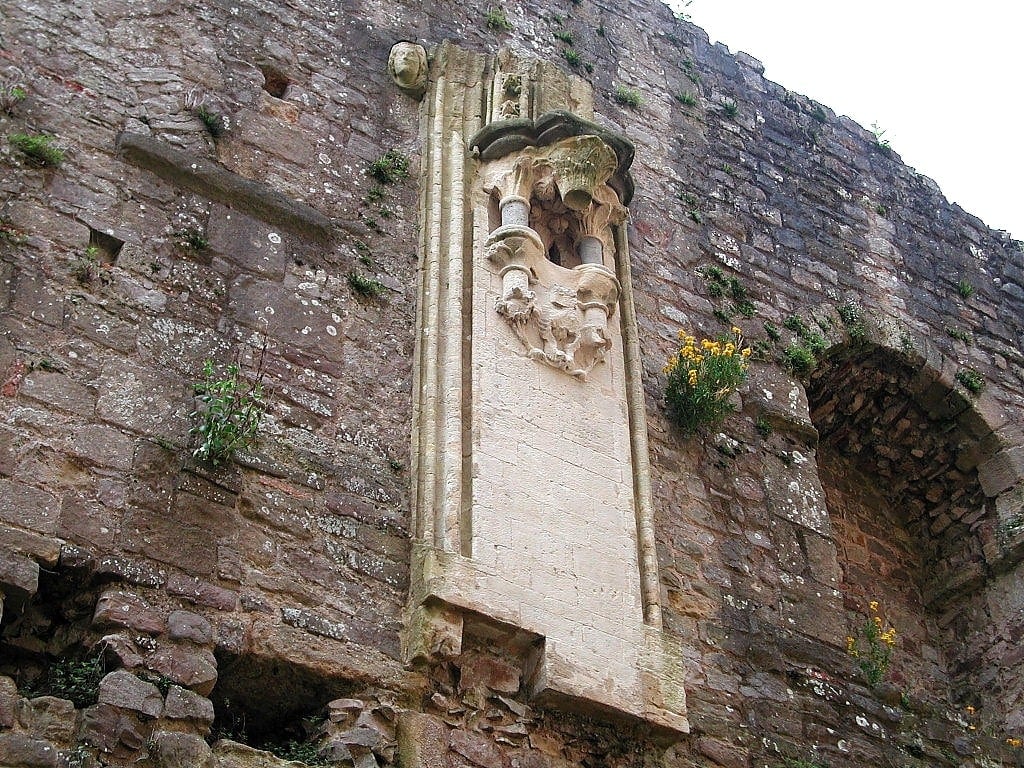
Today, Chepstow Castle is managed by Cadw, the Welsh heritage body.
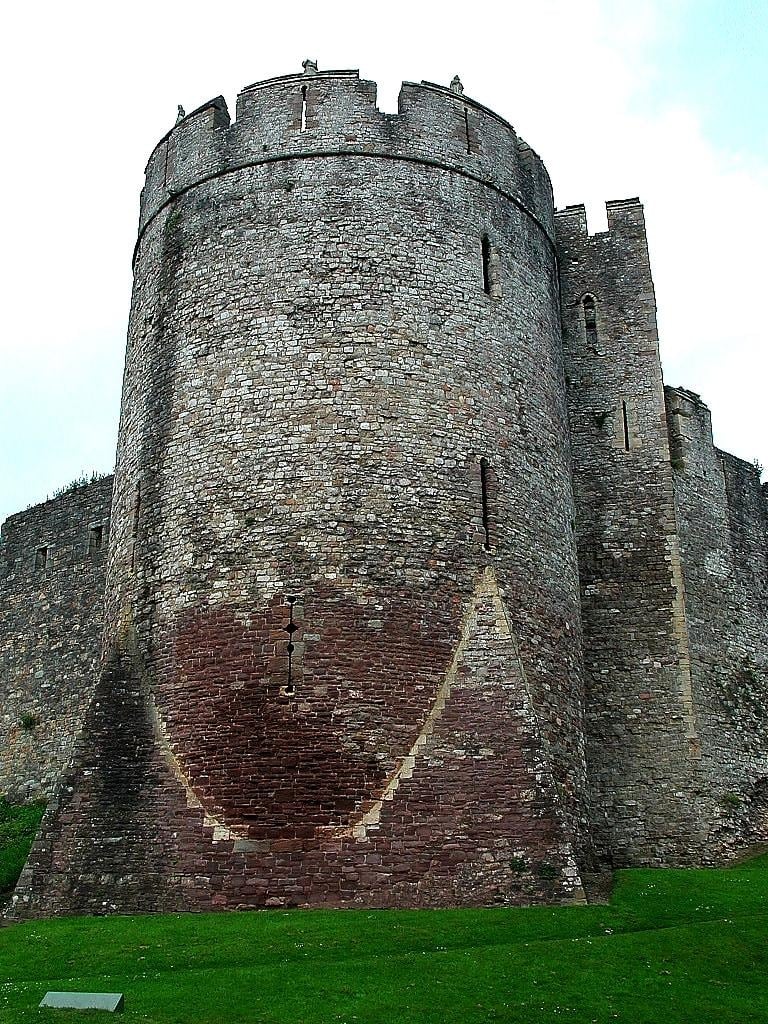
It’s a popular destination for visitors, offering a glimpse into medieval life through its well-preserved buildings and regular events.
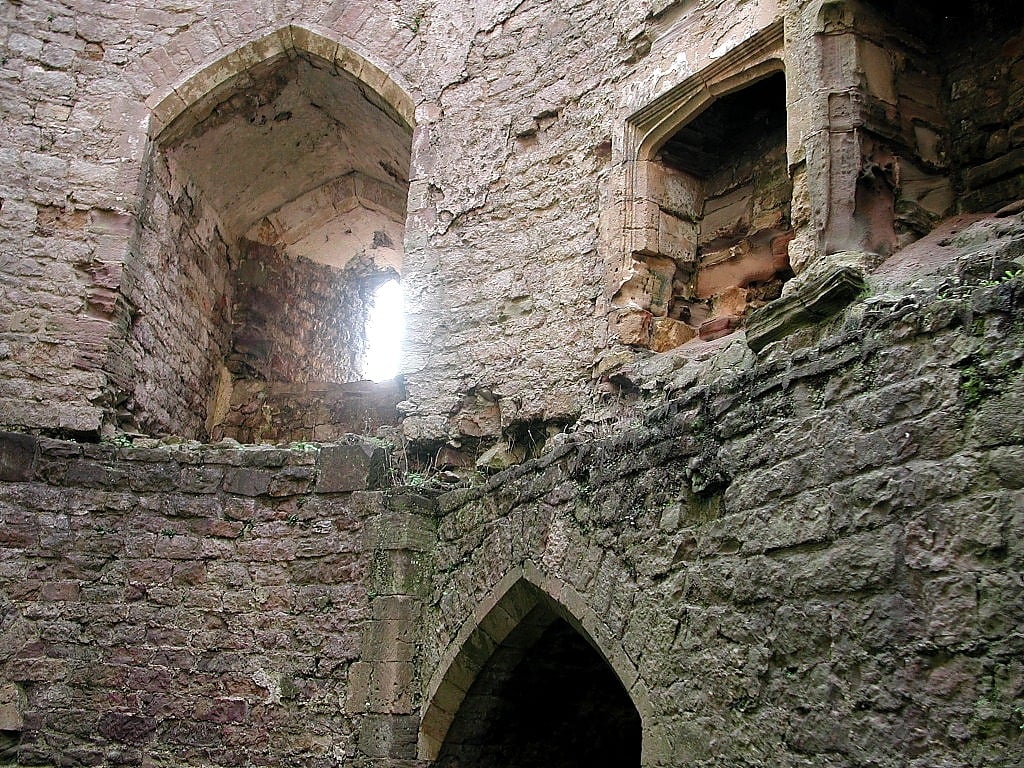
Highlights include the Great Hall and the stunning views from the cliffside.
